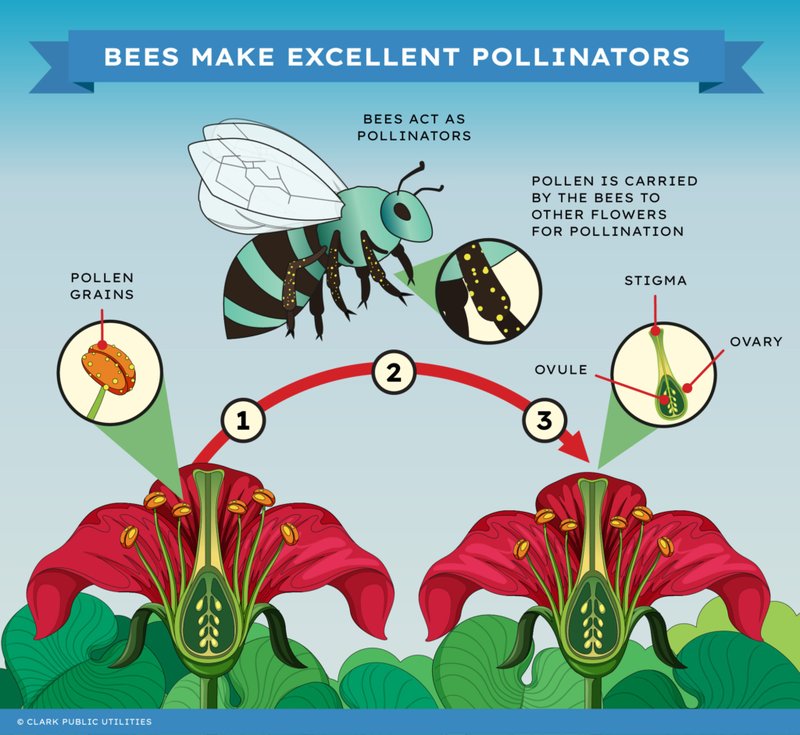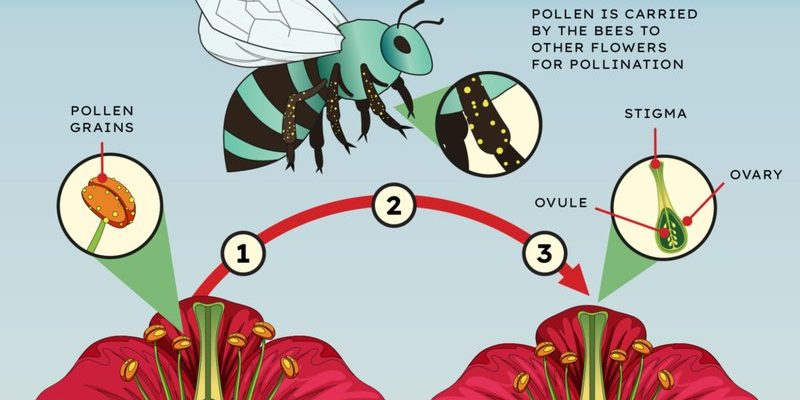
Think of pollination as nature’s delivery system. Flowers produce pollen, and pollinators like bees and butterflies help transfer that pollen from one bloom to another, promoting growth and reproduction. Surprisingly, fleas get involved in this process, too, although their contributions might not be as well-known. So while we’re sipping coffee and chatting away, let’s unravel the surprising life of the flea and the jobs they do beyond just hopping around.
What Are Fleas and How Do They Live?
Fleas are small, wingless insects that belong to the order Siphonaptera. These little critters are usually about 1.5 to 3.3 millimeters long and can jump impressive distances, up to 200 times their body length! Fleas have a unique way of living; they thrive on the blood of mammals and birds. Their life cycle includes several stages: egg, larva, pupa, and adult.
Fleas are most notorious for their bites, which cause itching and irritation. They feed by piercing the skin of their hosts with their mouthparts and sucking blood. You might be wondering, “Why should I care about fleas?” Well, they are not just troublesome; they are also part of a larger ecosystem. Their impact stretches beyond your itchy skin. Fleas interact with other animals, plants, and even microorganisms in ways that greatly benefit the environment.
The Role of Fleas in Pollination
It seems surprising, but fleas can help with pollination. These insects are primarily known for their bloodsucking ways, but when they move from host to host, they can unintentionally transfer pollen grains attached to their bodies. This pollen can then fertilize flowers, leading to the growth of new plants.
Here’s where it gets interesting: Fleas are actually drawn to specific plants for laying their eggs. These plants often release scents that signal to fleas that they’re a safe place to reproduce. As fleas hop from plant to plant, they carry pollen with them, helping to fertilize flowers in the process. It’s a bit like an unintentional matchmaker in the plant world!
Fleas and Soil Health
Fleas, despite their small size, can greatly impact soil health. When flea larvae feed in the soil, they contribute to the breakdown of organic matter. This decomposition process enriches the soil, making it fertile and conducive for plant growth.
As fleas die and decompose, they add nutrients back into the soil, which is essential for sustaining other forms of life. Healthy soil is the foundation for vibrant ecosystems, supporting countless plants and animals. So, even though you might not appreciate fleas in your home, their presence in nature helps maintain a balance that is critical for the environment.
Fleas in the Food Chain
Fleas hold a unique position in the food chain. They are prey for many larger animals, including birds, rodents, and even some insects. This makes them an important food source in many ecosystems. By being part of the food web, fleas support the survival of various species that depend on them for their dietary needs.
Here’s the thing: if fleas were to disappear, it would ripple through the ecosystem. The creatures that rely on them for sustenance would face challenges, which could lead to declines in their populations. Thus, even this tiny insect plays a role in maintaining biodiversity.
Fleas as Indicators of Environmental Health
Fleas can also provide insights into the health of an ecosystem. Research has shown that the presence or absence of certain flea species can indicate specific environmental conditions. For example, a diverse flea population usually reflects a healthy habitat with a variety of host species available.
This means scientists can study flea populations to monitor environmental changes and assess the impacts of habitat destruction or climate change. So while we often view fleas in a negative light, they can offer valuable information about the world around us.
Flea Control: The Balance Between Pest and Pollinator
Controlling flea populations, especially when they invade our homes and pets, is important. But you might wonder how to do this without harming beneficial insects and the environment. Here are a few tips to manage fleas responsibly:
- Regular Cleaning: Vacuum your home frequently to remove fleas and their eggs.
- Pet Care: Regularly bathe and groom your pets to keep fleas at bay.
- Natural Remedies: Consider using natural flea repellents like diatomaceous earth or cedar oil.
By using these methods, you can manage flea populations while being mindful of their role in the ecosystem.
The Flea’s Unexpected Importance
So, what’s the takeaway? Fleas might seem like annoying pests, but they hold a surprising place in our ecosystem. From pollination to enriching soil and providing food for other animals, they play several important roles that often go unnoticed.
Here’s the thing: respecting all creatures, even those we find bothersome, can help us appreciate the intricate connections that make up our natural world. Next time you think about fleas, remember they are more than just irritants; they’re tiny partners in nature’s grand scheme.
In conclusion, fleas are a perfect example of how every creature, no matter how small, contributes to the balance of our ecosystem. So while you might want to keep them off your pets and out of your home, understanding their ecological roles can lead to a greater appreciation of nature’s complex tapestry.

